This tour is designed to offer the best combination between history and gastronomy in one of the most interesting regions in Romania. It will present the visitors the (hi)story & taste of: Sibiu, 2019 Region of Gastronomy; Sighisoara – the best preserved medieval citadel in Romania; Alba Iulia – the King Coronation City; Viscri, “a royal heart” village cherished by HM King Charles III; and Sinaia – the former residence of the Romanian Kings.
Tour type: Food Tour (taste the local Transylvanian gastronomy)
Itinerary: Sibiu - Alba Iulia - Sighisoara - Viscri - Saschiz - Brasov - Sinaia - Azuga - Bran - Fagaras - Sibiu
Included services:
- 5 X accommodation bed and breakfast, medium class hotels
- 5 X dinners as per itinerary
- Tour guide specialist in the language of your choice (English, German, French)
- Transportation by modern air conditioned bus for the whole tour
Tour strengths:
- Taste local gastronomy (Transylvanian traditional dishes) and discover its history
- Learn about Saxon community, their stories and traditions
- Special local experience (optional): cooking classes, learn how to make a Transylvanian dessert, concert in a Saxon church
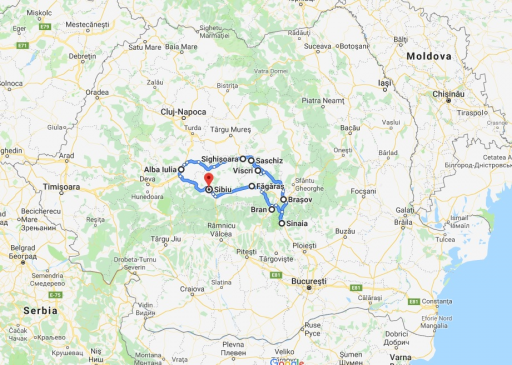
Day 1
Sibiu
 Group pick up from Sibiu Airport.
Group pick up from Sibiu Airport.
Transfer to the hotel.
Along with Luxembourg, Sibiu was designated European Capital of Culture in 2007, primarily due to the multiculturalism that defines it.
The Saxons are a population of German origin, settled in Transylvania by the Hungarian kings. Some Saxons came from Flandre or from a region near the North Sea, while others came from the middle Rhine region or Luxembourg.
Encouraged to settle down and economically develop southern Transylvania, the Saxons communities were supported with significant privileges: administrative, judicial and religious, in exchange for the military & fiscal obligations to the Hungarian crown.
The rapid expansion of cities populated by the Saxons led to Transylvania being known in German as Siebenbürgen (Septem Castra in Latin), refferring to seven of the fortified towns: Sibiu (Hermannstadt); Cluj-Napoca (Klausenburg); Brașov (Kronstadt); Sighișoara (Schässburg); Mediaș (Mediasch); Sebeș (Mühlbach), and Bistrița (Bistritz).
.
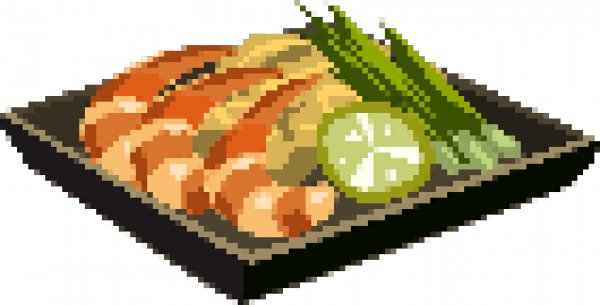 Dinner with Saxon specialties, “Hermania” Restaurant Sibiu.
Dinner with Saxon specialties, “Hermania” Restaurant Sibiu.
 Accommodation in Sibiu
Accommodation in Sibiu
Day 3
 Sibiu – Alba Iulia – Sighisoara (~220 km) .
Sibiu – Alba Iulia – Sighisoara (~220 km) .
.
Alba Iulia short city tour with the visit of Alba Carolina fortress (Guard Changing Ceremony - daily at 12:00 pm), the Roman Catholic church, the Reunification Cathedral.
Alba Iulia's landmark is represented by the Vauban-style fortress with seven bastions, star-shaped. It was built in the early XVIIIth century, after the plans of two architects: Visconti and Doxat de Demoret (the "Austrian Vauban"), who radically transformed the medieval fortress based on the former Roman Castrum into a seven-bastion baroque fortress, the most remarkable of its kind in SE Europe..
Sighisoara (Schässburg in German) is one of the most visited cities in Transylvania, and offers an outstanding testimony of the local Saxons culture. The best preserved medieval citadel in Romania, Sighisoara offers a genuine feeling of a medieval fortress, one special feature is that its houses have been permanently inhabited.
.
 “Bloody Dinner” in House of Vlad Dracu Restaurant, hosted by Vlad Dracul’s birth house; an authentic medieval house located in the City Council Square, offering delicious traditional food within walls full of genuine history.
“Bloody Dinner” in House of Vlad Dracu Restaurant, hosted by Vlad Dracul’s birth house; an authentic medieval house located in the City Council Square, offering delicious traditional food within walls full of genuine history.
 Accommodation in Sighisoara
Accommodation in Sighisoara
Day 4
 Sighisoara – Saschiz - Bunesti - Viscri – Brasov (~160 km)
Sighisoara – Saschiz - Bunesti - Viscri – Brasov (~160 km)
.
Saschiz Fortified Church is very impressive due to its huge proportions and the way that the fortifying elements have been adapted. But even all the defensive elements are eventually surpassed by the beauty of its Gothic architecture: huge arches, massive buttress and decorations. Continue to Bunesti, a fairytale village in the heart of Transylvania.
Apart the fortified church, the village Viscri presents the traces of its strong Saxon community who resisted to many barbarian attacks along the centuries and are fighting to preserve the rich heritage of their ancestor’s land ("Siebenbürgen, alte Heimat"). Their efforts have been sustained by King Charles III, who is enraptured with the unspoiled natural beauties of Transylvania. Starting with 2006, King Charles bought and restored XVIIIth century Saxon houses in Viscri (the "Blue House") and other properties, in order to support and protect this unique way of life and bring sustainable tourism into the region; he visits privately each year the "last corner of Europe where you see true sustainability and complete resilience".
City tour of Brasov, with the visit of the City Council Square, the Black Church (Brasov's landmark, over 500 years old, the largest Gothic church in SE Europe, hosting one of the greatest pipe organs in Europe), Ecaterina's gate (a fairy-looking medieval tower, part of the last preserved original city gates), the rope street (one of the narrowest streets in Europe) and many others.
.
 “Royal Lunch” served in a traditional Saxon Pension in Viscri, at Viscri 22 (“Mama Gerda”) OR a fine dining experience in Bunesti.
“Royal Lunch” served in a traditional Saxon Pension in Viscri, at Viscri 22 (“Mama Gerda”) OR a fine dining experience in Bunesti.
Dinner in a local restaurant serving traditional Hungarian specialties in Brasov
 Accommodation in Brasov
Accommodation in Brasov
Viscri - Fortified Church
Day 5
 Brasov – Sinaia – Azuga – Bran – Brasov (~150 km)
Brasov – Sinaia – Azuga – Bran – Brasov (~150 km)
.
Sinaia is a famous mountain resort, the ”Pearl of the Carpathians” - visit of the Peles Castle(opening times: Tuesday 11:00-17:00, Wednesday to Sunday 09:15-17:00, Monday closed; daily last admission 16:15), former residence of Romania's Kings.
Built by King Carol I of Romania (born Prince Karl of Hohenzollern-Sigmaringen dynasty), as his summer residence, the Peles Castle shelters a huge collection of works of art, rare furniture, weapons collections, valuable books, and over 2.000 paintings in its 160 rooms. The architects have used an abundance of wooden decorations, outside and inside the castle, combined with stone, bricks and marble, providing a special feeling. The Peles Castle's architecture profiled against the snow-capped mountain peaks is a stunning and breathtaking view; one of the finest castles one can ever see.
Located in Azuga, an attractive small town between Sinaia and Brasov, on the Prahova Valley, in the middle of the majestic Carpathian Mts, the Rhein Wine Cellar (previously Rhein & Cie Azuga 1892) was recognized between the two World Wars as "Romanian Royal House Official Purveyor".
Visit of the Bran Castle (opening times: Monday 12:00–18:00; Tuesday to Sunday 09:00–18:00; last admission 18:00), known as the Vlad Dracul/Dracula’s Castle. The medieval stronghold perched on rocks high above the valley was built in the XIVth century, in order to protect the peasants and landowners at the border between the two historical provinces: Walachia and Transylvania.
.
 Lunch & wine tasting in “Rhein Azuga” Wine Cellars.
Lunch & wine tasting in “Rhein Azuga” Wine Cellars.
Traditional dinner & folk show (“Sura Dacilor” Restaurant)
 Accommodation in Brasov
Accommodation in Brasov
Day 6
 Brasov – Fagaras – Sibiu (~170 km)
Brasov – Fagaras – Sibiu (~170 km)
.
Făgăraș, together with Amlaș, formed during the Middle Ages a traditional Romanian local-autonomy region in Transylvania, and after 1242, Saxon settlers came in the area. The town became the main one in the surrounding royal estates. During the rule of Transylvanian Prince Gabriel Bethlen (1613–1629), the city became an economic role model city in the southern regions of the realm. Bethlen rebuilt the fortress entirely. Ever since Făgăraș became the residence of the Transylvanian Princes wives, an equivalent being Veszprém, the Hungarian "city of queens".
Făgăraș was the site of several Transylvanian Diets, mostly during the reign of Michael I. Apafi.
Visit of the Făgăraș Fortress.
Transfer from Făgăraș to Sibiu Airport for a late flight.
Good bye, Romania!
 Authentic Romania
Authentic Romania Our Specials
Our Specials City Breaks
City Breaks




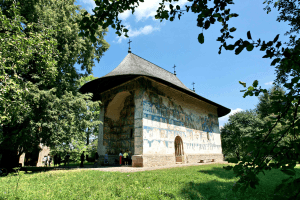
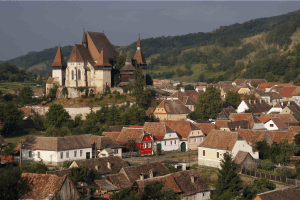
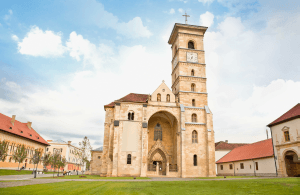
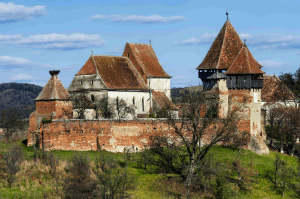
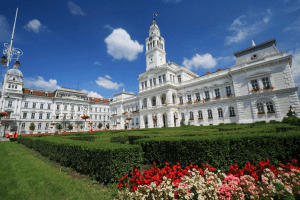
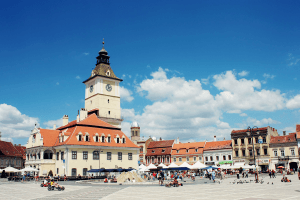
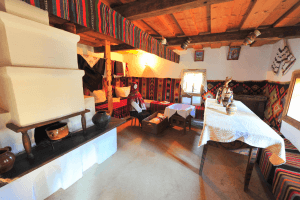
.png)
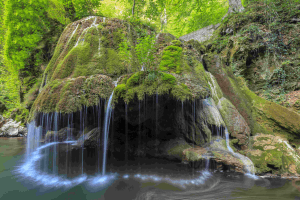
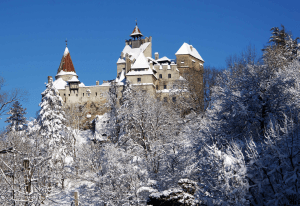
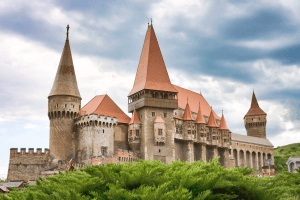
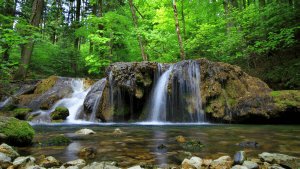
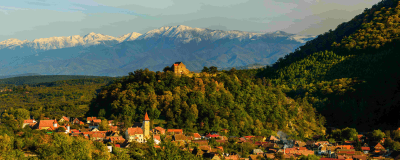
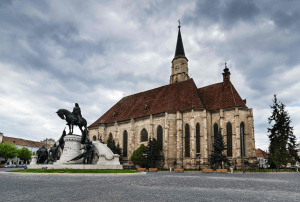
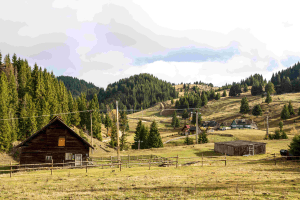
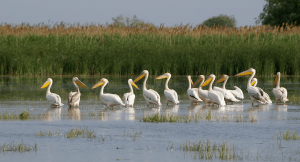
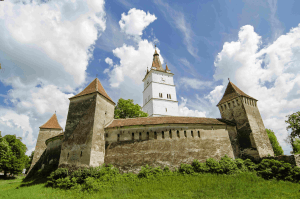
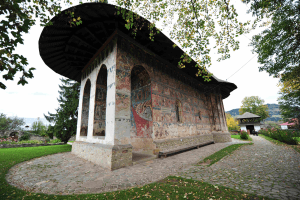
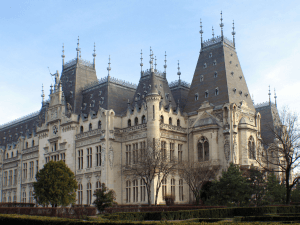
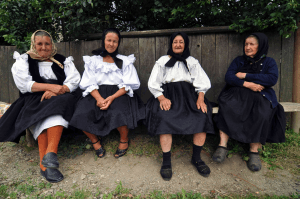
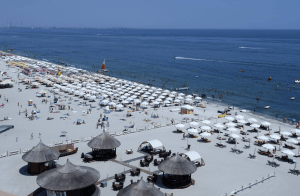
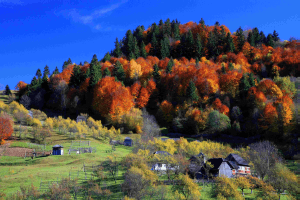
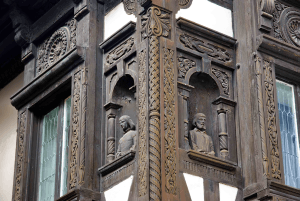
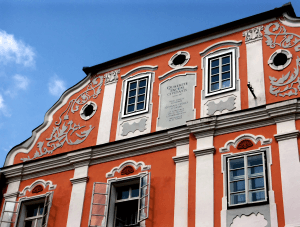
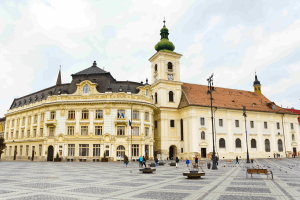

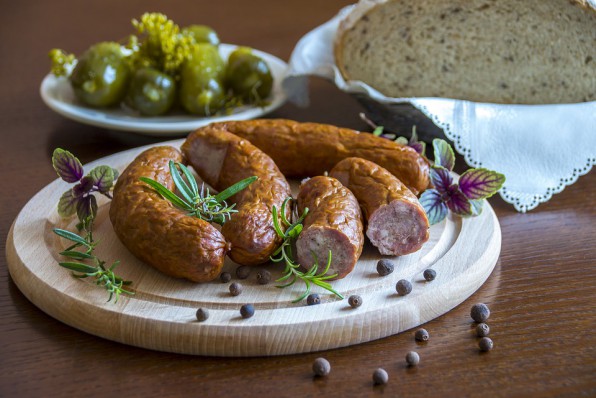





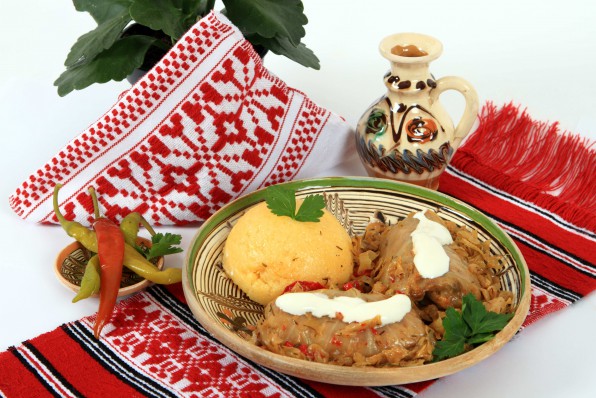





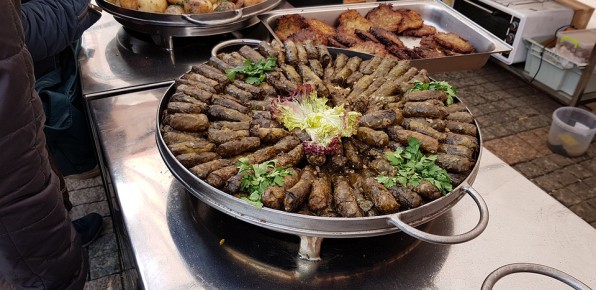





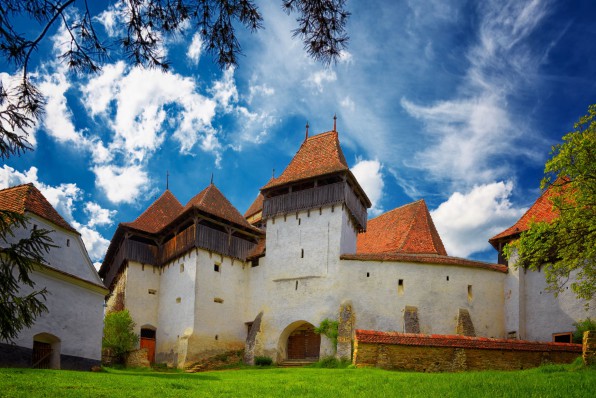




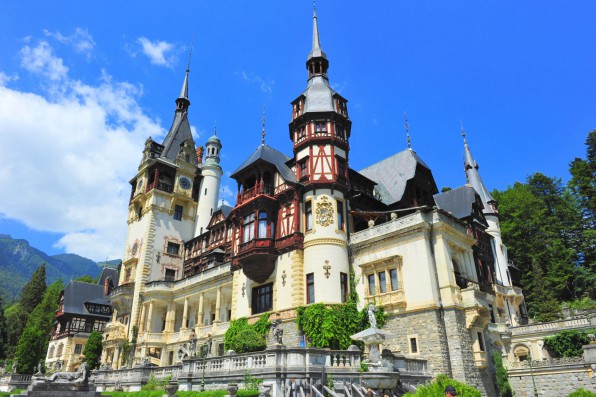




.jpg)
.jpg)


.jpg)
.jpg)
Add a comment